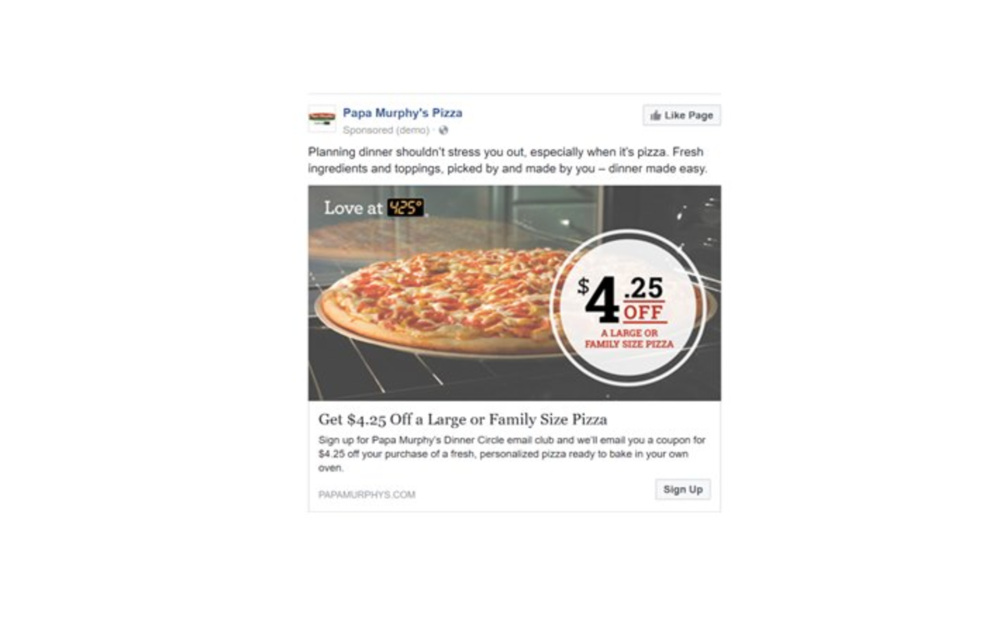As a “take-n’-bake” pizza chain, Papa Murphy’s knows how to slice up a good pie. But when it came to segmenting its own customer base, the company struggled with identifying its patrons and re-engaging them after they lapsed.
Customers can order Papa Murphy’s pizza via a number of channels, including online, in-store, or over the phone. However, collecting customer data through these channels isn’t always easy. Many customers don’t like to provide personal information when ordering or picking up a pizza in-store, says Tim Vu, VP of digital experience for Papa Murphy’s. And when customers call a store to place an order, he adds, the company generally asks for just a phone number.
“It’s really difficult,” Vu says about the data collection process. “If you’re talking about an in-store purchase, you only have so much time at the register to collect information.”
Papa Murphy’s database was filled with phone numbers, but not with other personally identifiable information, like customers’ names, email addresses, or home addresses. Vu could see how much customers were spending based on Papa Murphy’s point-of-sale (POS) data, and he knew how much it cost to acquire a customer. He wanted to see if he could drive sales lift by re-engaging lapsed customers via social media. So, he turned to Papa Murphy’s customer lifecycle management platform provider Bridg to help achieve this objective and launched a campaign this past September.
By integrating Bridg’s software into its POS system, Papa Murphy’s gave the vendor access to basic customer payment data, like patrons’ names, the last four digits of their credit cards, and their purchase histories, explains Mike Bell, president and COO of Bridg. The pizza chain then uploaded all of the unidentifiable phone numbers to the Bridg platform, Bell says, and, using machine learning, Bridg cross referenced the phone numbers with data from Papa Murphy’s POS system and its own database to see if it could match a number to a name.
Once the technology could link a name and phone number together, Bridg started segmenting customers based on their buying patterns. Then, using customers’ names and phone numbers, the companies served Facebook ads to lapsed customers. The ads invited customers to sign up for Papa Murphy’s email newsletter in order to get a coupon for $4.25 off their next pizza, which they had one week to redeem. This coupon allowed Bridg and Papa Murphy’s to measure whether these targeted efforts actually led to a sale.
The campaign lasted one month, and Papa Murphy’s generated a return on its investment. In fact, the company produced $3.58 in revenue for every $1.00 spent on advertising or technology from targeted lapsed customers—a figure that was calculated by immediate revenue within a week, incremental revenues in the year, and yearly value of email opt-ins, according to the companies’ official press release. The organizations also produced $1.34 for every dollar spent in media from revenue generated within the first seven days.
Papa Murphy’s also increased its amount of customer data. Fifty percent of the customers that clicked on the ad opted in to Papa Murphy’s email list. What’s more, the campaign produced these contacts at a cost of less than one third of their annual value, according to the aforementioned press release.
“People are willing to give their information if they feel like you’re going to give them some value in exchange,” Vu says.
The VP of digital experience and Bell says that Papa Murphy’s is building on this success in Q1 by launching more social campaigns and Web display ads to drive in-store and online sales. As Vu puts it, “We’re just scratching the surface.”








